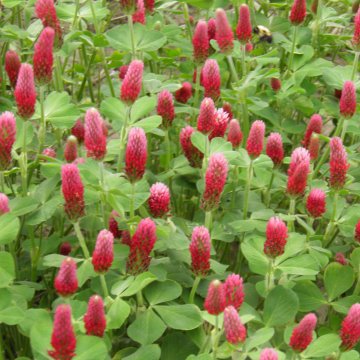Explore our blog featuring articles about farming and irrigation tips and tricks!
Cover Crops Offer Financial And Environmental Benefits

By: Terri Queck-Matzie
Cover crops are plants planted on cropland in the off-season to help protect the soil from erosion. In addition, they improve soil and water quality, and in some cases, provide grazing for livestock. They can provide weed control, reducing the need for chemical inputs, and improve wildlife habitat.
Cover crops are becoming more common in the United States. In states like Iowa, where use has been encouraged as part of the state’s nutrient management plan, cover crop use increased from less than 10,000 acres in 2009 to 600,000 acres in 2016. State and federal government cost-share programs help promote the effort.
Typical cover crops vary by geography and purpose, and include small cereal grains such as cereal rye, legumes, radishes, turnips, and some annual grasses like sorghum or Sudan grass.
Utilizing cover crops requires planning and timing and often specialized equipment. Here you will find some of the ins and outs and special considerations for adopting the use of cover crops on your farm.
Stay up to date on all T-L news and get alerts on special pricing!


